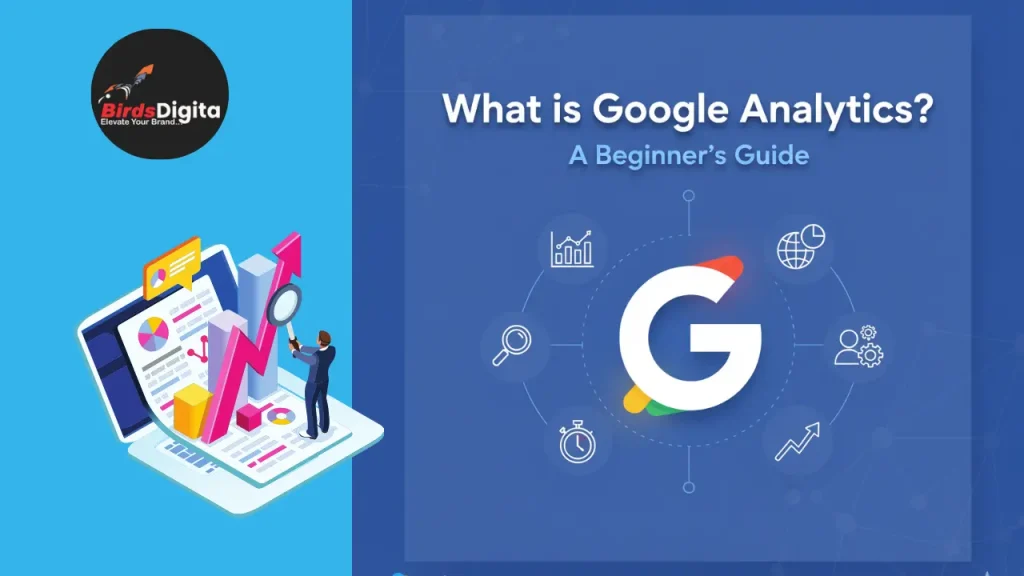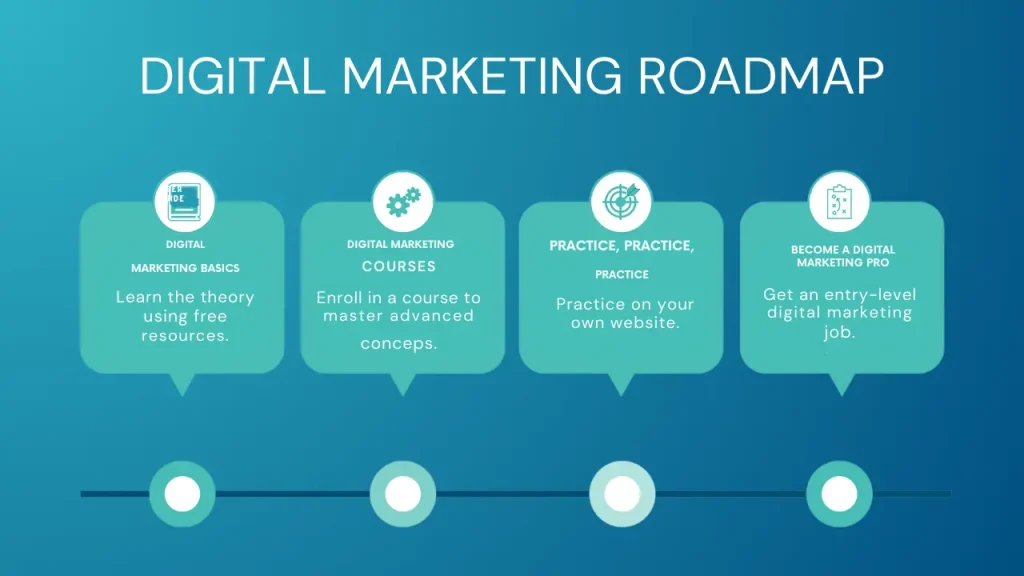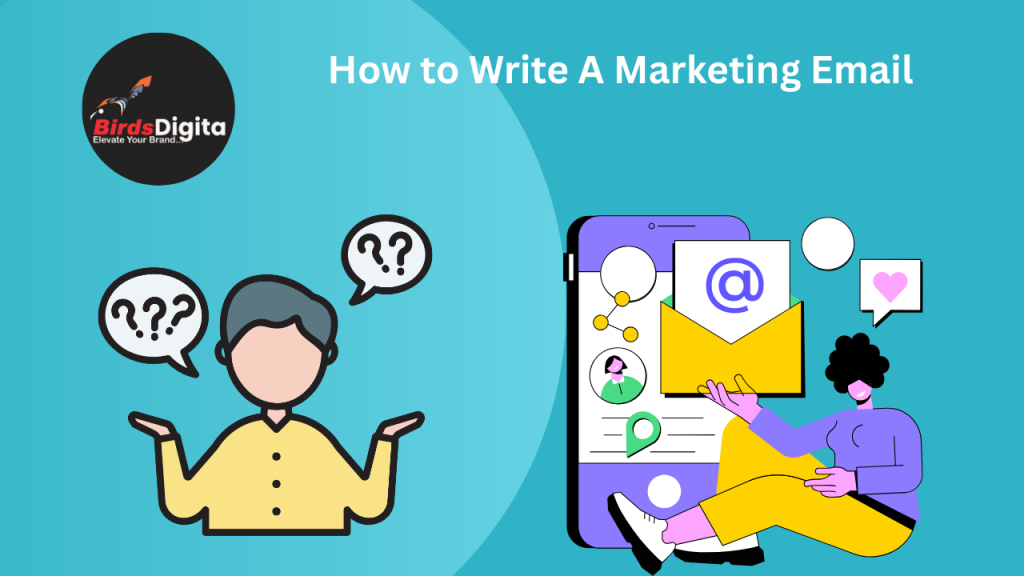Email marketing is one of the simplest yet most effective tools in digital marketing. It helps businesses connect with their audience, build trust, and turn interest into action. While almost every company sends emails, not all emails get noticed or clicked. Writing a good marketing email is both an art and a strategy. For businesses looking to improve their campaigns, the key lies in writing emails that are clear, personal, and valuable. iBirds Digital, we understand that the right email can make the difference between being ignored and being remembered.
In this guide, we explain step by step how to write marketing emails that people open, read, and act upon.
Know Your Audience Before Writing
The first step in writing a strong marketing email is knowing who you are writing for. Every audience is different, so the same email will not work for everyone. To make your emails effective, you need to create a clear picture of your customer. This is often called a buyer persona, which includes details such as location, interests, needs, and past purchases.
For example, if your audience is young professionals looking for career tips, your emails should focus on advice, tools, and learning resources. If your audience is small business owners, your content may focus on growth strategies or cost-saving ideas.
By segmenting your email list into smaller groups, you can send the right message to the right people. Segmentation may be based on where they live, what they purchased before, or how they interacted with your website. Personalized emails not only grab attention but also show that you value the customer’s time.
Write a Subject Line That Grabs Attention
The subject line is the very first thing your reader sees, so it must create interest. If the subject line fails, the email will remain unopened. A strong subject line should be short, clear, and specific. Many people check emails on their mobile phones, so long subject lines may get cut off.
You can make subject lines personal by including the recipient’s name or referring to something they recently did on your site. Using action words such as “Download,” “Discover,” “Join,” or “Learn” also encourages readers to take the next step. Questions can also work well because they make the reader curious.
Avoid overusing emojis or clickbait words. Instead, focus on giving a genuine reason for the person to open your email. A subject line like “Tips to Improve Your Website in 2025” is more effective than one that just says “New Update Inside.”
Personalize the Content for Better Engagement
Personalization is more than just adding a name at the top of the email. It means making the entire message relevant to the reader. People are more likely to respond to an email that feels like it was written for them, not for a generic mailing list.
You can personalize content by mentioning past interactions, highlighting similar products they may like, or offering resources related to their previous downloads. For example, if someone attended a webinar on digital tools, the next email can invite them to read a blog on the same topic.
Modern tools also make it easier to personalize emails at scale. With the help of data-driven insights, you can understand what users are interested in and then create emails that match those needs. The result is stronger engagement and better conversion rates.
Build Relationships Through Email
One of the biggest advantages of email marketing is that it allows you to build long-term relationships. Instead of only sending promotional offers, use emails to tell people more about your business values, your team, or your vision. For example, sharing a story about how your product helped a customer creates trust.
Using friendly and simple language also helps. Words like “you” and “your” make the message feel more personal. Instead of sounding like a company announcement, the email should feel like a conversation. Giving subscribers early access to discounts or exclusive content can also strengthen the bond.
Highlight the Benefits Clearly
When someone opens your email, they should immediately know what they will gain. A marketing email should always answer the question: “What’s in it for me?” If you cannot clearly show the benefit, the email will lose impact.
The benefit could be learning something new, saving time, or accessing a special offer. For example, instead of saying “We launched a new service,” say “Save 2 hours every day with our new service.” By focusing on the benefit, you make the value clear and direct.
Emails should also use simple language that can be easily understood by people of different backgrounds. iBirds Digital, we recommend using plain words and avoiding complex phrases. Clear communication makes your brand more approachable and trustworthy.
Use a Strong Call-to-Action (CTA)
Every email should guide the reader toward an action. This action could be reading a blog, signing up for a webinar, or checking out a product. The CTA must be visible, simple, and action-oriented.
Instead of using generic phrases like “Click here,” use clear instructions such as “Download the Free Guide” or “Start Your Trial Today.” The placement of the CTA also matters. It should appear naturally within the content, and in some cases, repeating it at the end helps.
Adding urgency can also improve results. For example, “Register before seats run out” or “Offer valid till Friday” encourages immediate action.
Keep Your Emails Simple and Clear
A common mistake in email marketing is trying to include too much information in one message. Long paragraphs, multiple offers, and cluttered design often confuse readers. Instead, focus on one main idea per email.
Break content into short paragraphs, use headings when necessary, and keep the design clean. A balance of text and visuals works best. Images should support the message but not overpower it. Mobile optimization is also very important, as most people now check emails on their phones.
Test and Improve Your Emails Regularly
No matter how good your emails are, there is always room for improvement. The best way to improve is by testing different versions of your emails. This process is known as A/B testing. For example, you can test two subject lines to see which one gets more opens. You can also test different CTAs, layouts, or images.
Tracking the results will help you learn what your audience prefers. Some may respond better to short and direct emails, while others may prefer detailed information. By testing and analyzing, you can keep improving and ensuring that your campaigns remain effective.
Stay Connected Beyond Promotions
Email should not just be about selling. It should also be about keeping your brand in the customer’s mind in a positive way. Provide helpful resources, share updates, or invite people to join your social channels. Adding contact details, social links, and customer support options makes it easy for people to stay in touch.
By offering real value even when you are not promoting something, you build loyalty. Over time, this makes people more likely to choose your brand when they are ready to buy.
FAQs for email marketing
Q1. How often should I send marketing emails?
It depends on your audience, but sending 2–4 well-planned emails per month is usually effective. Focus on quality, not quantity.
Q2. What makes a good subject line?
A good subject line is short, clear, and specific. It should create interest without sounding fake. Personalization and action words can improve open rates.
Q3. How can I personalize emails?
You can personalize by using the recipient’s name, referring to past interactions, suggesting related content, or tailoring offers to their interests.
Q4. Should marketing emails always promote products?
No. Good email marketing also includes educational content, updates, and tips that build trust and engagement beyond direct sales.
Q5. What metrics should I track in email marketing?
Open rates, click-through rates, conversion rates, and unsubscribe rates are the most common metrics. They show how well your emails are performing.
Summary
Writing an effective marketing email is about clarity, personalization, and value. The goal is not just to send messages but to build connections that last. By understanding your audience, crafting strong subject lines, personalizing content, and highlighting clear benefits, you can create emails that drive real results.
iBirds Digital, we help businesses design email strategies that inform, engage, and convert. With the right approach, your email campaigns can become a strong part of your digital marketing success.








